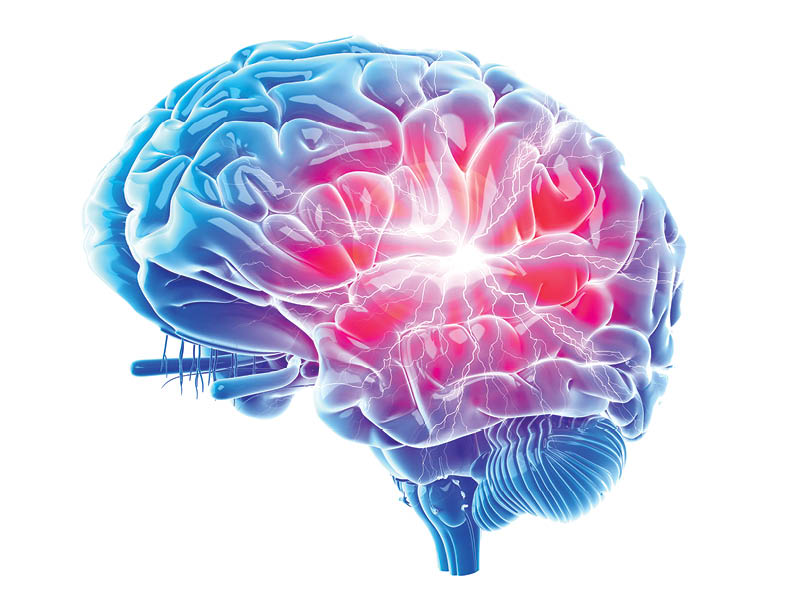Doctors are being advised not to prescribe common painkillers, including paracetamol and ibuprofen, for patients with chronic pain not caused by an injury or other medical condition.
The National Institute of Health and Care Excellence (NICE) said there was little evidence they help.
And it suggests there is evidence long-term use can be harmful.
Its draft guidance recommends antidepressants, acupuncture or psychological therapy instead.
… They could also consider recommending a course of cognitive therapy, aimed at helping patients accept their condition or change the way they thought about it.
… The guidelines acknowledged there is a lot of uncertainty in this diagnosis, and “normal or negative test results can be communicated in a way that is perceived as being dismissive of pain”.
When it comes to chronic pain more broadly – defined as pain that “persists or recurs” for more than three months, no matter the cause – NICE advises using these new guidelines alongside existing guidance on the management of specific conditions.
That includes headaches, back pain, arthritis and endometriosis.







